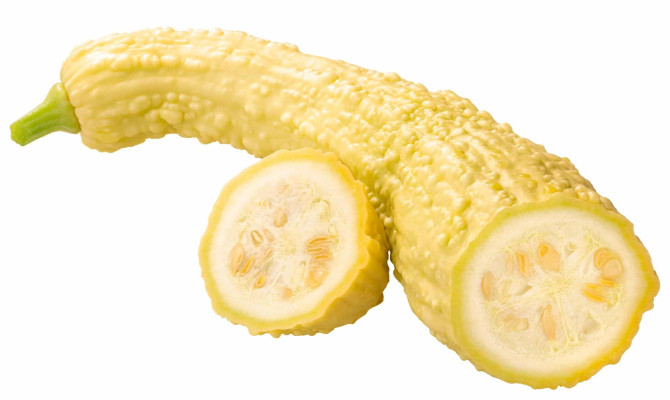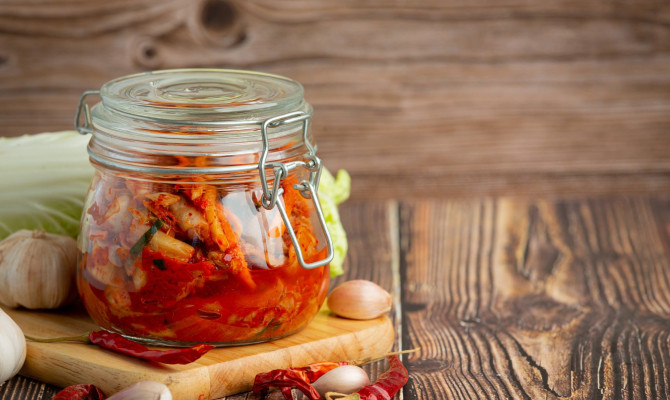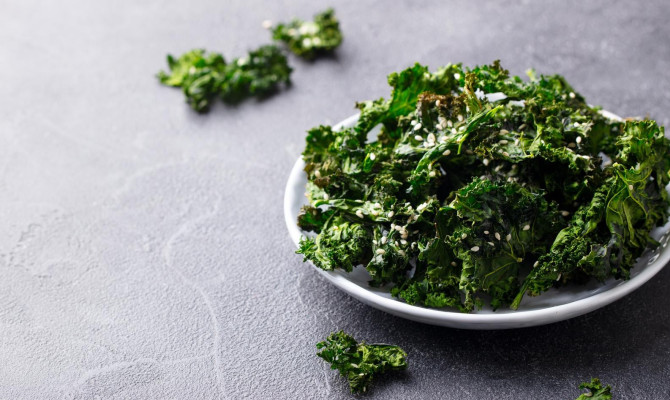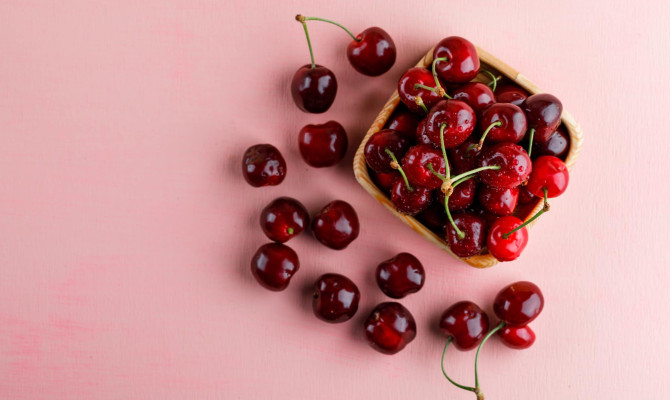Unveiling the Nutrition and Benefits of Freekeh

- Freekeh
- 22 Aug 2023
Overview
Freekeh Overview
Similar to bulgur wheat, freekeh is a cereal food made from durum wheat, a member of the Poaceae grass family. Harvested unripe green wheat is then roasted, rubbed, and sun-dried to give it a nutty flavor and brown texture. The seeds eventually broke into little bits that resembled bulgur wheat.
It has various nutritional benefits, although being less well-known than wheat grain, which one must be aware of. Freekeh is a versatile snack that pairs well with many different dishes and is a healthy source of protein and fiber. Nowadays, freekeh is becoming more and more well-liked among health-conscious individuals worldwide.
The article will summarize Freekeh’s nutrition, health benefits, side effects, risk, some tips to include in the diet, and Freekeh’s alternatives.

Here are some quick facts about Freekeh
- The botanical name of Freekeh is Triticum turcidum
- The other names of Freekeh are Farik and Frik
- Freekeh is indigenous to the Mediterranean region, Arab countries, and North Africa.
- Freekeh is an ancient grain used by the people of the Middle East for centuries.
- In 2011, Freekeh’s demand in the United States increased after American Talk show host Oprah listed Freekah as one of the exotic food grains to improve health alongside chia, faro, and amaranth 1Overview| Researched based study from Nlm.nih.gov
Nutrition
Nutrition in Freekeh
Uncooked Freekeh (40 grams) contains the following nutrients:
- Calories-141
- Fiber-4.5 gram (gm)
- Fat-2 gm
- Protein-5 gm
- Carbohydrate-24 gm
- Manganese-52% daily value (% DV)
- Phosphorus-16% DV
- Magnesium-13% DV
- Copper-24% DV
- Vitamin B6(Pyridoxine)-9%DV
- Vitamin B3 (Niacin)-18% DV
- Zinc-15%DV
The daily value (DV) is the indicated amount to consume every day
The % daily value (%DV) is the daily value percentage for every nutrient in a food portion 2Nutrition| Researched based study from Usda.gov
Fiber, vitamins, and mineral contents of freekeh have the following function in our body:
- Fiber-It helps soak up water and accelerate the movement of stool in the intestine.
- Manganese-It helps in building up the bones
- Phosphorus-It is indispensable for healthy bones and teeth and helps activate numerous enzymes and maintains the standard blood pH
- Magnesium-It supports the muscles and nerve functions, also keeps the regular bone health
- Copper-It, collectively with iron, helps the body form red blood cells
- Vitamin B6 (Pyridoxine)-It is crucial for correct brain functioning,supports the immune system and nervous systems
- Vitamin B3 (Niacin)-It is critical for cell growth and functioning
- Zinc-It helps in cell maturity, cell division, sore healing, and carbohydrate breakdown.
Bio actives in Freekeh
Zeaxanthin
- It is a pigment found in plants, vegetables, and fruits
- It protects the eyes from the detrimental radiations of the sun
- It has antioxidant properties
Lutein
- Lutein is a natural pigment present in many plants
- It preserves and improves the eye health
- It has antioxidant and anti-inflammatory properties 2Nutrition| Researched based study from Usda.gov
Health Benefits
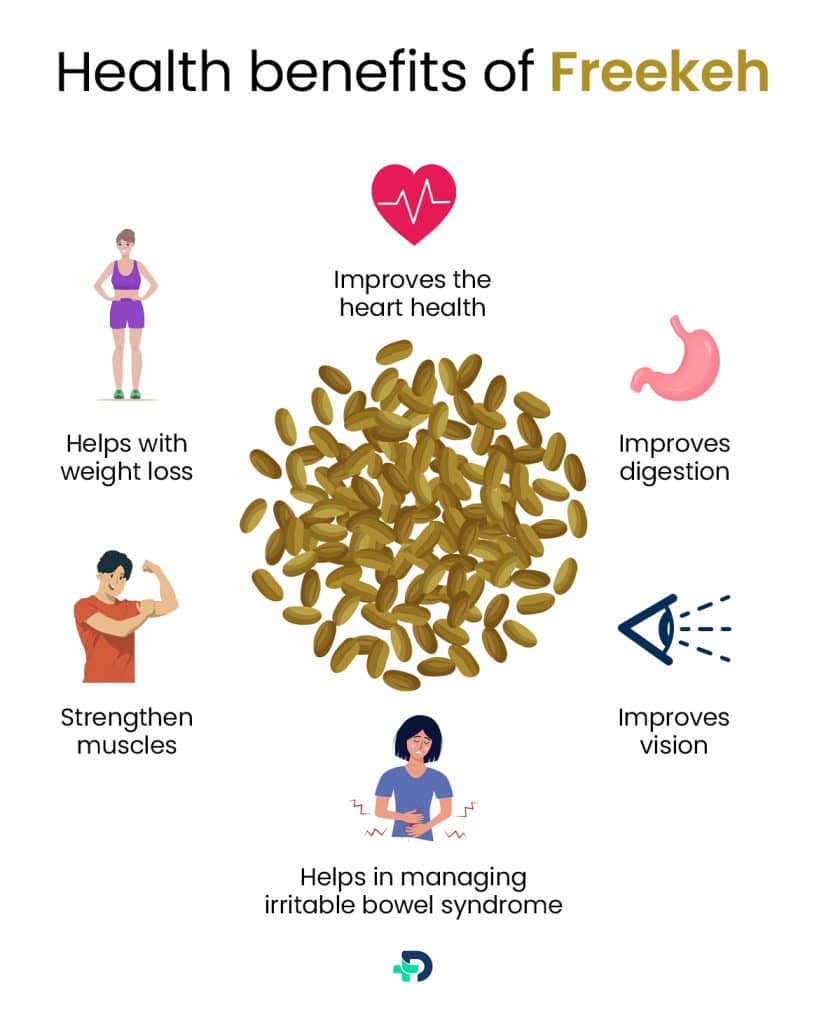
Health benefits of Freekeh
Freekeh has the following health benefits:
- Improves the heart health
- Helps with weight loss
- Improves digestion
- Strengthen muscles
- Improves vision
- Helps in alleviating irritable bowel syndrome
- Reduces the risk of Type 2 diabetes
Improves the heart health
- Nutrients in Freekeh lower the cholesterol level in the body
- It decreases the level of inflammation
- It reduces the risk of heart diseases 3Health Benefits| Researched based study from Nlm.nih.gov
Helps with weight loss
- Nutrients in Freekeh keep the stomach full
- It reduced belly fat and BMI (body mass index) 4Health Benefits| Researched based study from Nlm.nih.gov
Improves digestion
- Nutrients in Freekeh maintain the bowel regularity
- It wards off constipation and decreases the risk of colorectal cancer and hemorrhoids (piles) 5Health Benefits| Researched based study from Nlm.nih.gov
Strengthen muscles
- Nutrient in Freekeh helps build the muscle strength
- It helps regain muscle recovery after strenuous exercise 6Health Benefits| Researched based study from Nlm.nih.gov
Improves vision
- Nutrients in Freekeh maintain the eye health
- It reduces the risk of eye disease viz; age-related macular degeneration 7Health Benefits| Researched based study from Nlm.nih.gov
Helps in managing irritable bowel syndrome
- Nutrients in Freekeh promote the growth of helpful bacteria
- It alleviates irritable bowel syndrome signs, including abdominal pain and stomach gas 8Health Benefits| Researched based study from Nlm.nih.gov
Reduces the risk of Type 2 diabetes
- Nutrients in Freekeh maintain the blood glucose level in the blood
- It prevents abrupt increases in blood sugar levels 9Health Benefits| Researched based study from Nlm.nih.gov
Side effects
Side effects of Freekeh
Most people can tolerate Freekeh well. However, some people might experience the following side effects:
- Skin rash
- Hives
- Itching
- Swelling of the lips, mouth, face, and tongue
- Stomach gas (bloating)
- Difficult breathing 10Side effects| Researched based study from Nlm.nih.gov
Other downsides
Although Freekeh has several health benefits, some downsides do exist. Some of them are as follows:
- Freekeh contains gluten. Gluten is a protein commonly found in most wheat varieties viz; rye, barley, including Freekeh. Gluten might only be appropriate for some. Gluten might destroy some helpful bacteria required for the gut in the gluten-insensitive group. So, such people should choose non-gluten foods.
- People not accustomed to eating a high-fiber diet must include Freekeh in small amounts first and then increase it gradually. A sudden intake of a high-fiber diet in some people might cause abdominal pain, stomach gas (bloating), and diarrhea 11Side effects| Researched based study from Nlm.nih.gov
Contraindications
Who should avoid eating Freekeh?
Freekeh might not be correct for people with the following health conditions:
- Allergic to durum wheat, and bulgur
- Celiac disease (a persistent digestive ailment that damages the small intestine)
- Gluten ataxia( a disorder that damages the brain due to gluten intake)
- Inflammatory bowel disease
- Gluten related disorder
- Digestive problem
- People with poor tolerance for high-fiber food
- On the low carbohydrate diet(ketogenic diet)
- People on a paleo diet ( a healthy diet plan that excludes nearly all grains) 11Contraindications| Researched based study from Nlm.nih.gov
Selection
Selection & Buying of Freekeh
Selection
- Freekeh is available in the market in two forms-cracked or whole. Always buy pure form instead of products with added flavor to get the best health benefits and avoid processed ingredients.
Buying
- People can buy Freekeh online from shopping apps like Amazon, grocery stores, and health food stores.
Tips
Tips to include Freekeh in the diet
- One can have Freekeh as a substitute for rice alongside chicken or vegetables.
- Can enjoy Freekeh with toasted pine nuts
- Try it as porridge as that of oats in the morning breakfast
- Add Freekeh to soups and stews to get the desired thickness and taste
- Mix Freekeh to cooked chickpeas and feta to enhance the taste
- One can also sprinkle Freekeh and pomegranate seeds on yogurt to make it more healthy and nutritious
- Add Freekeh to salads along with tomatoes, onions, bell pepper, and olive oil and relish its taste
Storage
Storage of Freekeh
- One can keep cooked Freekeh in a sealed container in the refrigerator for up to three days.
- Store an unopened pack of dried Freekeh in a cool, arid place away from direct sunlight. It can be kept for around three months if stored correctly.
- Once one opens the dry Freekeh pack, store it in the freezer to keep it fresh, for if the open packet remains at room temperature, the oil from the young wheat can make it tainted with a bitter, sharp taste.
- One can store Freekeh for up to a year in the freezer 13Storage| Researched based study from Sciencedirect.com
Alternatives
Alternatives of Freekeh
- One on the gluten-free diet who wants to try the Freekeh recipe can alternatively attempt gluten-free grains viz; wild rice, elongated white rice, quinoa. Prepare it usually and then add it to soups or salads 12Alternatives| Researched based study from Nlm.nih.gov
Takeaway
Key Takeaways
- Freekeh is a nutritious whole grain prepared from the durum green wheat
- It is a staple food in several Middle East countries and has several health benefits
- Freekeh is easy to prepare and is an excellent addition to several dishes
- Like many other grains, Freekeh also contains gluten, so it might not be suitable for people with certain conditions
Any feedback on this article?
 This Articles content was accurate
This Articles content was accurate Very Informative Article
Very Informative Article I have a question or a comment
I have a question or a comment
 This article contains inaccurate content
This article contains inaccurate content This article was not helpful
This article was not helpful I have a question or a comment
I have a question or a comment
We appreciate your helpful feedback!
Checkout our social pages
References
-
National Library of Medicine
The Role of Ancient Grains in Alleviating Hunger and Malnutrition | Overview
-
U.S. DEPARTMENT OF AGRICULTURE
FREEKEH ORGANIC AND FAIR, FREEKEH | Nutrition
-
National Library of Medicine
Whole grain consumption and risk of cardiovascular disease, cancer, and all cause and cause specific mortality: systematic review and dose-response meta-analysis of prospective studies | Benefits
-
National Library of Medicine
Whole grain consumption trends and associations with body weight measures in the United States: results from the cross sectional National Health and Nutrition Examination Survey 2001-2012 | Benefits
-
National Library of Medicine
Effectiveness of Fiber Supplementation for Constipation, Weight Loss, and Supporting Gastrointestinal Function: A Narrative Review of Meta-Analyses | Benefits
-
National Library of Medicine
Effect of Glutamine Supplementation on Muscular Damage Biomarkers in Professional Basketball Players | Benefits
-
National Library of Medicine
Lutein and Zeaxanthin and Their Roles in Age-Related Macular Degeneration-Neurodegenerative Disease | Benefits
-
National Library of Medicine
Effectiveness of probiotics in irritable bowel syndrome: Updated systematic review with meta-analysis | Benefits
-
National Library of Medicine
Dietary Fiber Intake and Type 2 Diabetes Mellitus: An Umbrella Review of Meta-analyses | Benefits
-
National Library of Medicine
What is gluten? | Side effects
-
National Library of Medicine
Paleolithic Diet | Contraindications
-
National Library of Medicine
Gluten-Free Alternative Grains: Nutritional Evaluation and Bioactive Compounds | Alternatives
-
Science Direct
Grain storage systems and effects of moisture, temperature and time on grain quality - A review | Storage












